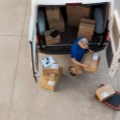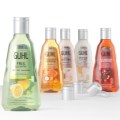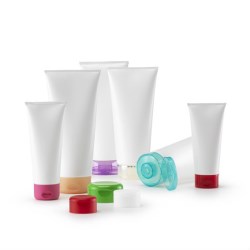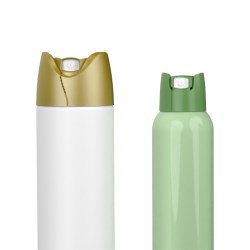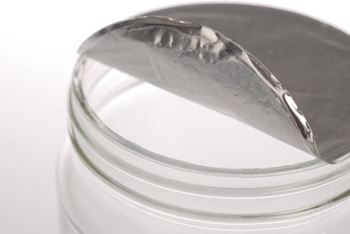

Everyone is familiar with it: When opening a jar of chocolate spread or instant coffee for the first time, we enjoy the sound we hear when unscrewing the lid – the sound that lets us know that nobody else has opened the jar before.
The characteristic sound that we hear when we open a foil-sealed jar is usually produced when the wax layer between the lid foil and the cardboard disc that remains in the lid after opening the jar is broken. Now the foil seal must be removed to access the product. This is often a rather clumsy process involving a sharp object or long fingernails. There is no possibility to do without the foil with known systems, since it protects the product by providing an airtight seal. Moreover, it is glued to the glass and adheres relatively well. Until now, there was no way to remove the foil more easily, for example with a pull tab. Weener has now developed a new process that allows food to be sealed airtight without the use of the hitherto customary wax-clad cardboard/disc seal foils.
Until now, the stabilising effect of the cardboard disc ensured that the lid liner remained in the lid. This in turn prevented the seal foil – often only a few tenths of a millimetre thick – from falling out of the lid during transport or fitting to the jars, which was imperative for stable and safe processing. In addition, the first opening of the jar by the end consumer produced – through the breakage of the bond between the cardboard disc and the seal foil, a sound that the consumer associated with the ever-important sense of freshness.
On the other hand, the cardboard disc solution also harbours various disadvantages, for example in regard to the high recycling fees for the dual system in Germany. The cardboard disc/seal foil solution in and of itself also has several inherent weaknesses. The thin film of paper, for example, which often sticks to the jar after removal of the seal, is unpleasant for many consumers.
The new concept developed by Weener within the framework of a technical project makes it possible for the seal foil to be bonded directly to the plastic lid. In this way, the cardboard disc is no longer necessary. This represents on the one hand a significant price advantage for the customer, and on the other, a markedly increased level of user-friendliness for the end consumer. It is even possible to recreate a significant sound at the first opening.
The new solution can be integrated into existing production lines for energetically suited plastic lids without extensive assembly work, so that the usual production process is not interrupted or slowed. The concept is currently in the patenting process.
At a glance - The advantages of the new Weener seal foil concept
- Lower recycling fees
- Cost advantages with regard to the closure (less input, less expensive tools)
- No temperature-regulated transport or storage necessary, since the temperature-sensitive wax layer is no longer used
- No more paper film remnants on the opened jar
- Improvement of the peeling process (pull tab can be added)
- No additional investments on the existing assembly equipment





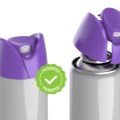
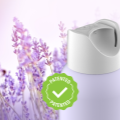
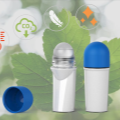
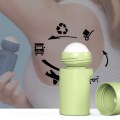
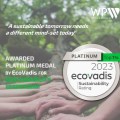

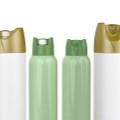

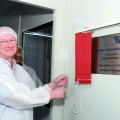

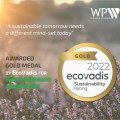

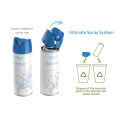
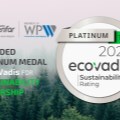
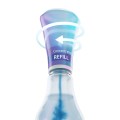
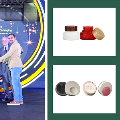



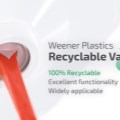
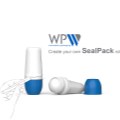

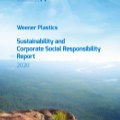
.jpg)
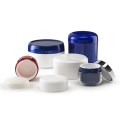
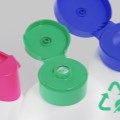


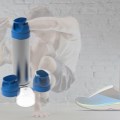
.jpg)
